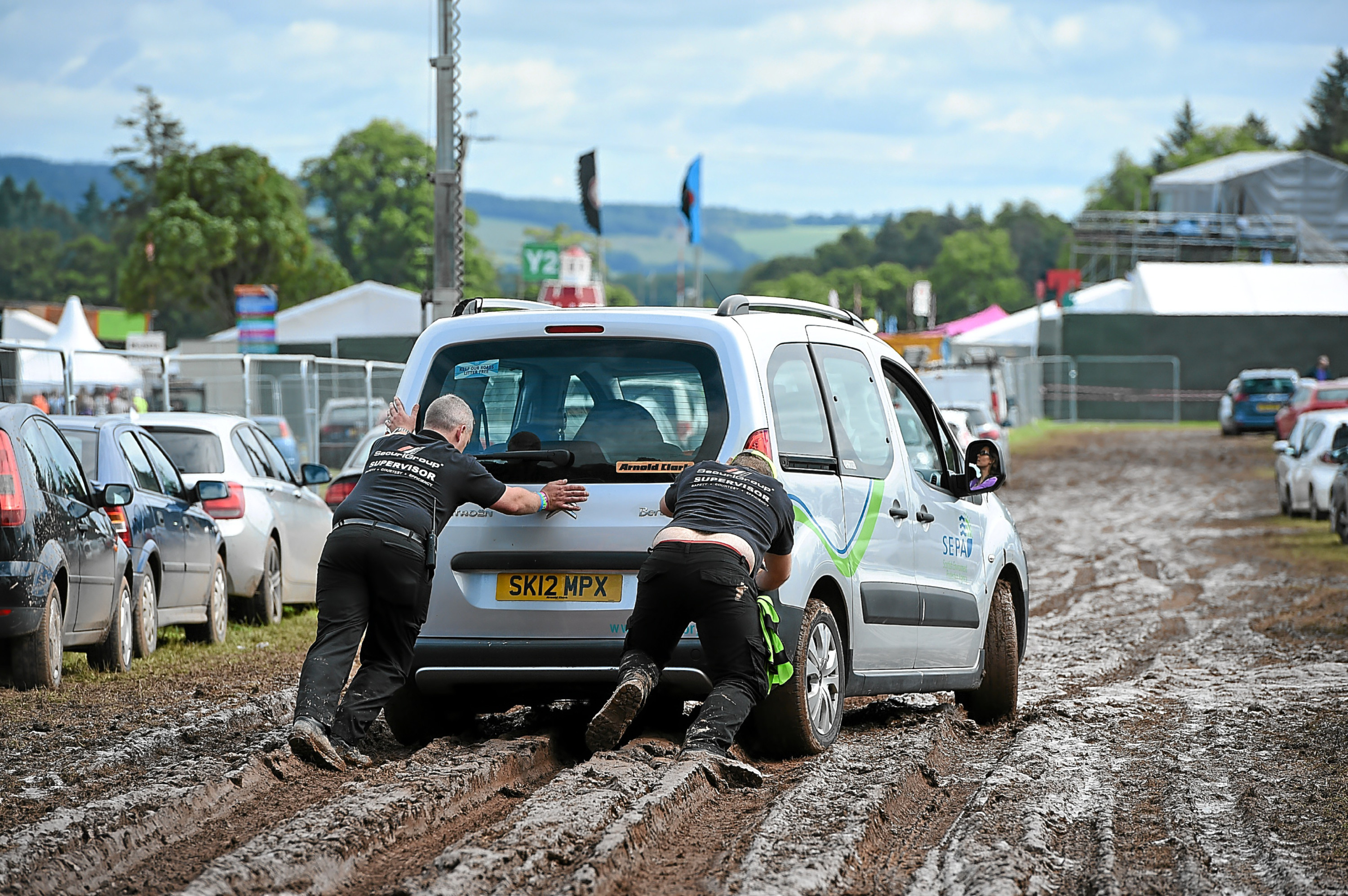So Panmure is spared the house music extravaganza, for which its badgers among much else will be grateful – not that they were a consideration.
Strathallan is to be revisited by T in the Park because Perth and Kinross Council has been soothed into submission, so its ospreys, otters, kingfishers, skylarks and who knows how many other tribes of nature will be driven to distraction by 70,000 fans instead of last year’s 85,000.
Who cares?
Does anyone seriously think that will make the slightest difference to the impact of T in the Park on the landscape and wildlife of Strathallan?
Or have the council and the nature conservation establishment of Scotland just given up, just divested themselves of their responsibilities towards nature as effortlessly as an adder shedding its skin?
It might – might – console a small percentage of those who were mightily inconvenienced by last year’s traffic chaos. But 7,000, or even 700, rock music fans and the music they had come to hear would be too much disturbance for nature in such a landscape.
Besides, the construction work for this year’s gig will be just as loud, the bands will be just as loud, the crowds will be just as indifferent, the mess will be just as messy and the post-festival clean-up will still leave the place looking like a council coup.
And as for the land itself… the land will be just as despoiled, deflowered, demeaned.
Wildlife habitats will be wrecked. Water will be polluted. Inconvenient wildlife will still be prevented from using its chosen trees, riverbanks, pools, shrubs, bolt-holes and all the safe passages through undergrowth, watercourses and flyways that countless generations of their ancestors considered their birthright.
At what point in the 21st Century do you suppose we will wake up to the interests of those creatures with which we share the planet?
Will we ever acknowledge that there should be circumstances in which their needs are at least as pressing as ours?
And when do we start to care for the land again?
I watched the Scottish party leaders’ debate on Sunday night. The word land never came up. Nature is on no one’s agenda. When environment escapes from politicians’ lips it means renewable energy, which usually means windfarms, which means an industry that thrives on a contemptuous disregard for land, for nature.
The only reason for events like these two festivals is so that a small number of people can make money. For this reason and this reason alone, wildlife is prevented from breeding, traumatised, dies and its habitat is wrecked for who knows how long. Who judges that that is a good deal?
Who cares?
At what point do we cry enough? Or do we never cry enough? Do we judge that all land, all wildlife, is expendable, because our species is superior to all of nature and therefore our self-interest is paramount, regardless of how loathsome or short-term that self-interest may be?
“For I am convinced,” wrote Gavin Maxwell, “that man has suffered in his separation from the soil and from the other living creatures of the world; the evolution of his intellect has outrun his needs as an animal and as yet he must still, for security, look long at some portion of the Earth as it was before he tampered with it.”
That was in 1959. It is as true in 2016 as it was then – truer and all that has changed is the degree of that separation and the fact that some portion of the Earth as it was before we tampered with it has become an infinitely more vexing pursuit.
Perhaps when that pursuit finally becomes futile because there is no such portion left, we will realise something of what we have lost, repent and repair to our theme parks and zoos, where we keep the last of the animals.
Strathallan and Panmure are small symptoms but they are symptoms of a nationwide malaise that considers land to be expendable and nature an inconvenience which lives or dies according to whim and whether or not our species needs the land for something more important – a rock festival, a windfarm, a grouse moor, a new suburb, a new town, a new pylon line, a new road.
A field or a street floods and the people, hell-bent on scapegoats, blame beavers.
An osprey is cleared out of its nest because it’s in the wrong place.
A sea eagle nests in the east of Scotland for the first time in 200 years and its nest is destroyed.
Foxes are killed because the people like killing foxes.
Despite the laws of the land, in reality there is no longer such a thing as protected wildlife, no species living in Scotland in the 21st Century is immune from the lethal indifference of self-interest, no acre of land immune from exploitation.
Panmure was stopped but not because of environmental considerations. Strathallan goes ahead and nature will be trampled underfoot again. Scotland shrugs.
